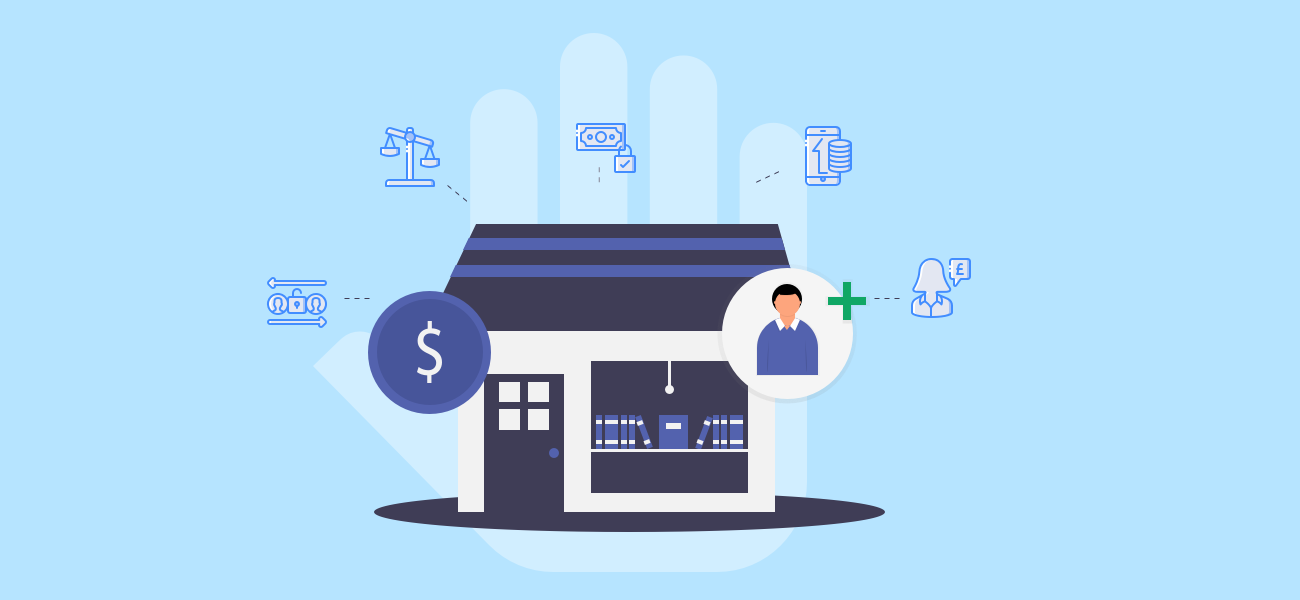Running an online business is exciting, but it also comes with challenges—especially when it comes to managing payments, refunds, and fraudulent transactions. For many entrepreneurs, chargebacks are a recurring nightmare that can quickly hurt their reputation and cash flow. That’s where a high risk merchant account becomes invaluable.
This specialized payment solution is designed for industries that experience higher transaction volumes, recurring billing, or increased refund rates. From travel agencies and subscription-based platforms to online gaming and CBD stores, high risk merchant accounts help keep payments secure, stable, and compliant.
Let’s explore how these accounts help businesses tackle chargebacks and fraud while maintaining customer trust and operational efficiency.
Understanding Chargebacks and Their Impact
A chargeback occurs when a customer disputes a transaction and requests their money back directly from their bank. While this process protects consumers, it can be costly for businesses. Excessive chargebacks may result in penalties, frozen funds, or even account termination.
Common reasons for chargebacks include:
- Unauthorized or fraudulent transactions
- Customers not recognizing billing details
- Dissatisfaction with products or services
- Late or undelivered shipments
- Recurring billing disputes
For high-risk businesses, these disputes happen more frequently. A traditional payment processor might terminate accounts after a few chargebacks, but a specialized high risk merchant account provides protection and flexibility.
Why Some Businesses Are Prone to Chargebacks
Certain industries inherently face more refund or dispute requests due to the nature of their services. For instance:
- Travel Agencies: Cancellations or flight changes can trigger refund requests.
- Online Gaming and Betting: Players may dispute losses or unauthorized access.
- Subscription Services: Customers forget recurring payments and dispute charges.
- CBD and Health Products: Buyers may question product effectiveness.
- Digital Services: Non-tangible products make proof of delivery difficult.
For these sectors, having advanced payment infrastructure with risk monitoring tools is essential to stay operational.
How a High Risk Merchant Account Protects Your Business
A high risk merchant account offers several built-in tools and strategies to minimize financial damage from fraud and chargebacks.
1. Advanced Fraud Detection
These systems use machine learning to identify suspicious transactions before they’re approved. Parameters like IP address, spending behavior, and transaction size are analyzed in real time to stop potential fraudsters.
2. Chargeback Alerts and Management Tools
You receive early warnings about pending disputes, allowing your team to contact the customer or provide proof of service before the chargeback is finalized. This proactive approach can reduce losses significantly.
3. Multi-Layer Authentication
Adding extra layers of security, such as 3D Secure or OTP verification, ensures only legitimate transactions go through.
4. Transaction Monitoring
With transparent dashboards and real-time reporting, businesses can track trends and identify problem areas quickly.
5. Dedicated Support
Specialized payment providers offer dedicated chargeback management teams to handle disputes efficiently.
Benefits of Managing Chargebacks Effectively
Reducing chargebacks is not just about avoiding financial loss—it’s about protecting your brand reputation. High chargeback ratios can label your company as unreliable in the eyes of banks and customers.
With a proper system in place, you can:
- Maintain lower transaction fees
- Protect your merchant account from termination
- Improve customer satisfaction
- Ensure steady cash flow
- Build credibility and trust
The result? A healthier, more resilient online business.
The Role of Data Analytics in Risk Management
A high risk merchant account provider doesn’t just process payments; it also offers detailed analytics to help you understand customer behavior. These insights can reveal why disputes occur and how to prevent them.
For example, if a pattern shows that most chargebacks occur from a specific region, you can implement regional restrictions or stricter verification measures. Similarly, analyzing refund trends helps refine return policies and customer communication.
Tips for Reducing Fraud and Disputes
Even with a specialized account, prevention is key. Here’s how to minimize problems:
- Be Transparent – Display clear product descriptions, billing details, and refund policies.
- Use Recognizable Billing Names – Customers often file chargebacks when they don’t recognize a charge on their bank statement.
- Track Deliveries and Keep Proofs – Always maintain delivery confirmation or digital records.
- Offer Excellent Customer Support – Quick responses prevent many disputes from escalating.
- Set Clear Expectations – Ensure customers know what they’re purchasing and any subscription terms involved.
A combination of technology, transparency, and customer care dramatically reduces risk.
Choosing the Right Payment Processor
Not all processors are equipped to handle high-risk industries. Partnering with an experienced provider that specializes in risk management is crucial. The right provider will:
- Approve your business quickly
- Offer transparent pricing
- Include chargeback and fraud prevention tools
- Provide 24/7 support
- Ensure compliance with global payment standards
This partnership ensures your operations run smoothly, even in volatile markets.
Final Thoughts
Fraud and chargebacks are challenges every online business must face, but they don’t have to derail your growth. By using a high risk merchant account, companies in sensitive industries can safeguard their payments, improve approval rates, and maintain consistent revenue.
The key is to be proactive—choose a trusted payment provider, implement smart policies, and continuously monitor transactions. In the long run, this combination of technology and responsibility builds not just profit, but also long-term customer trust.



